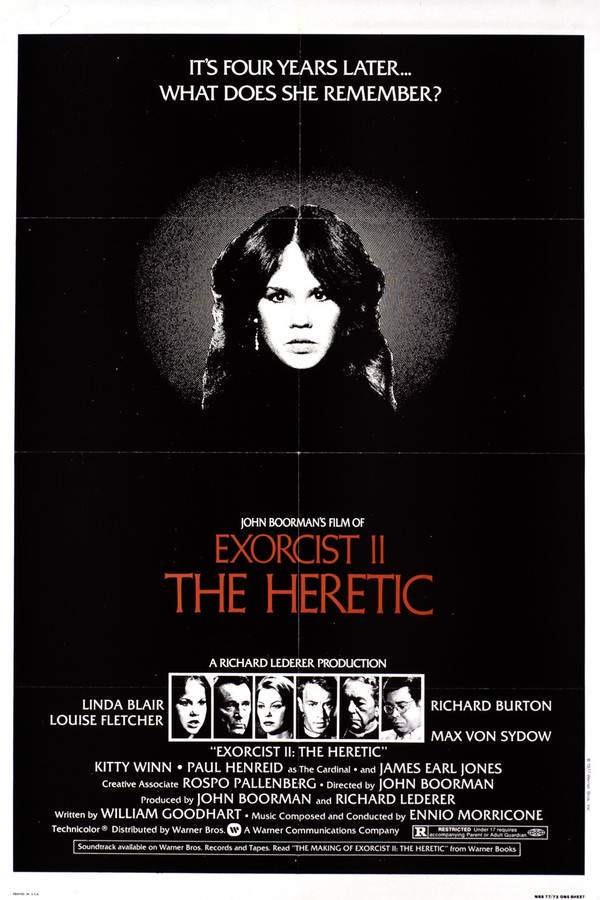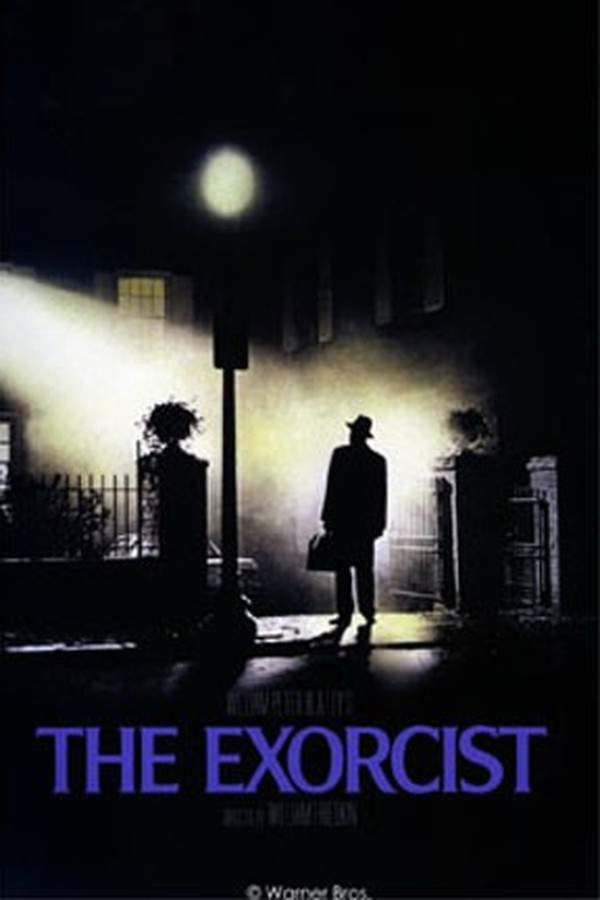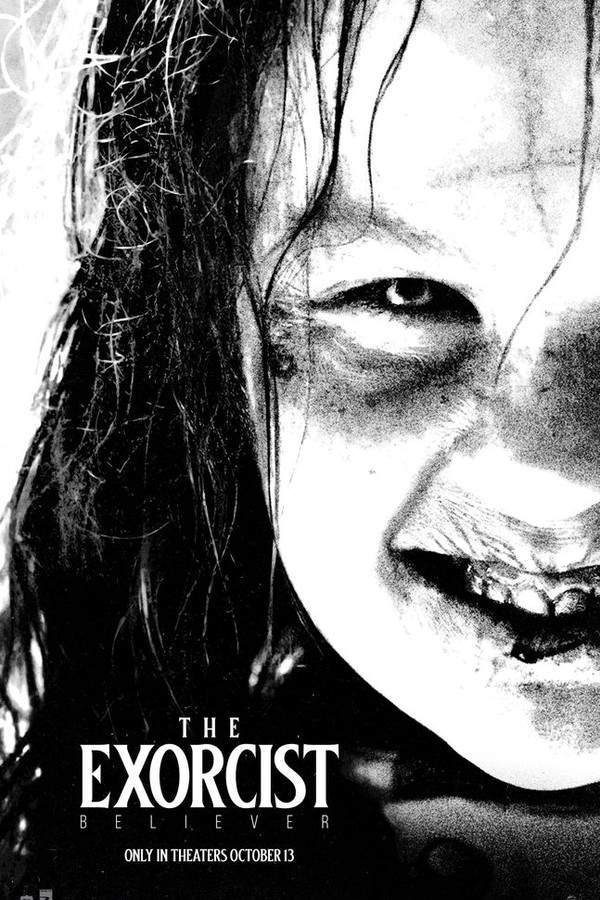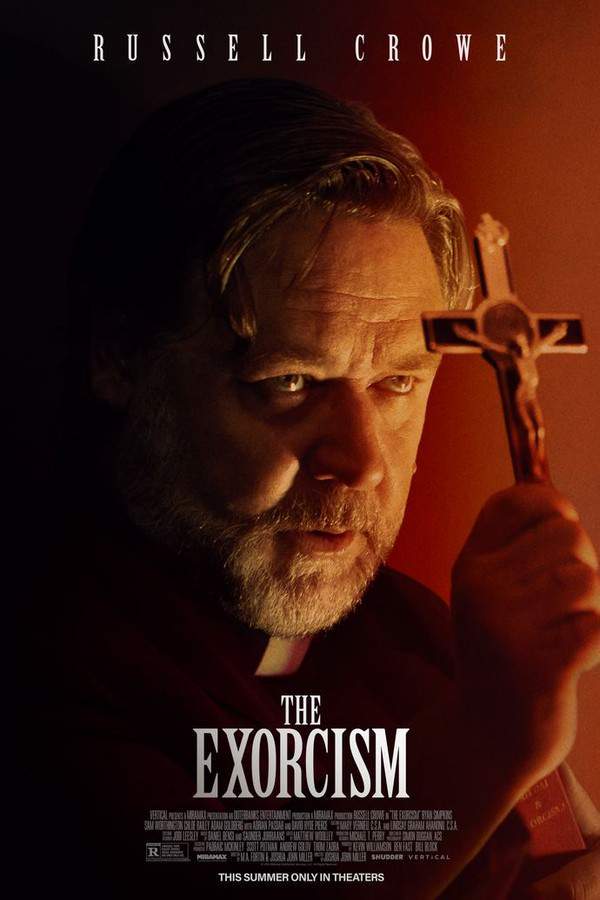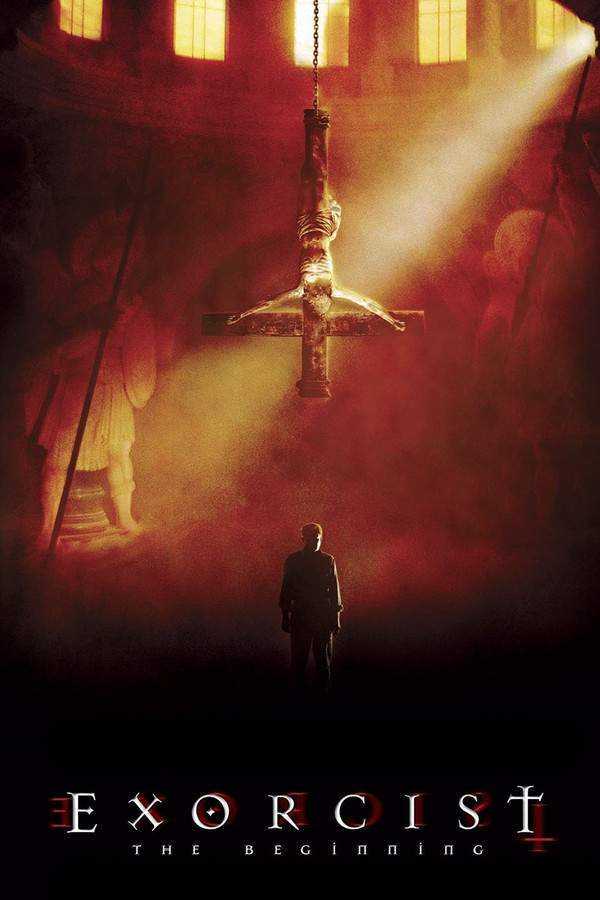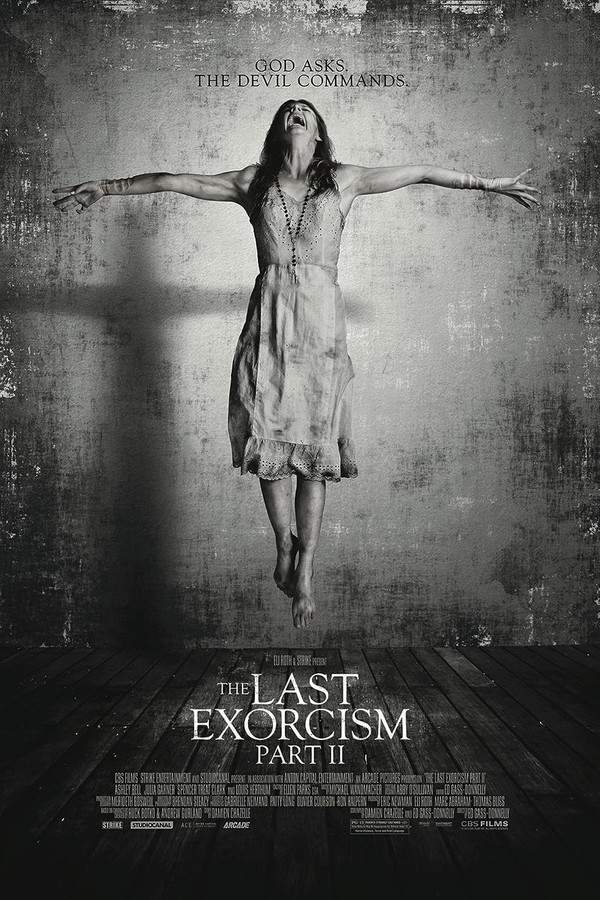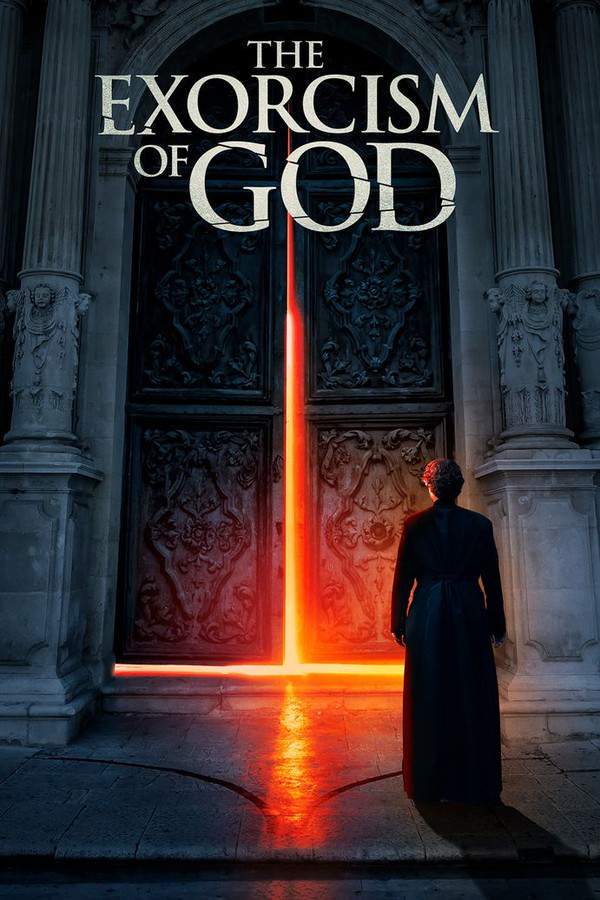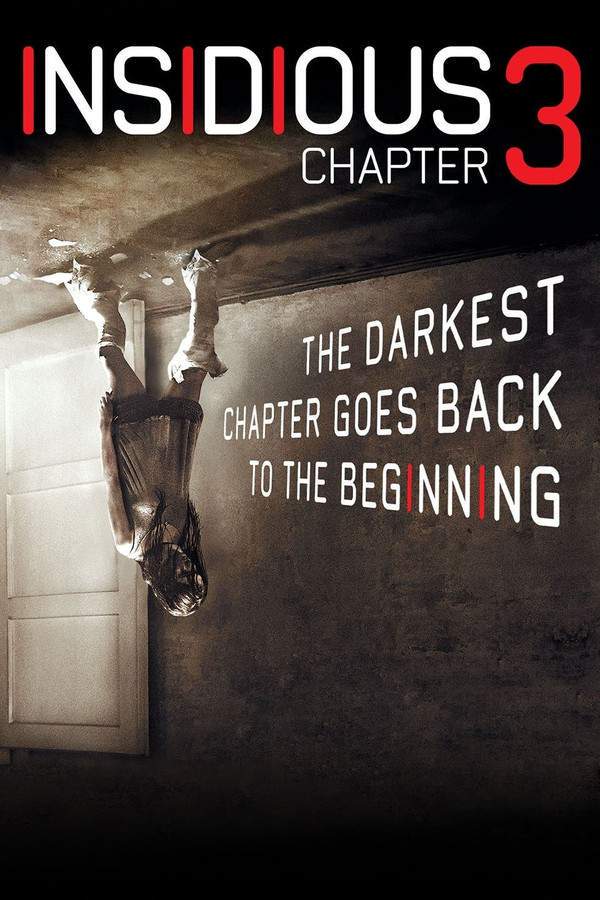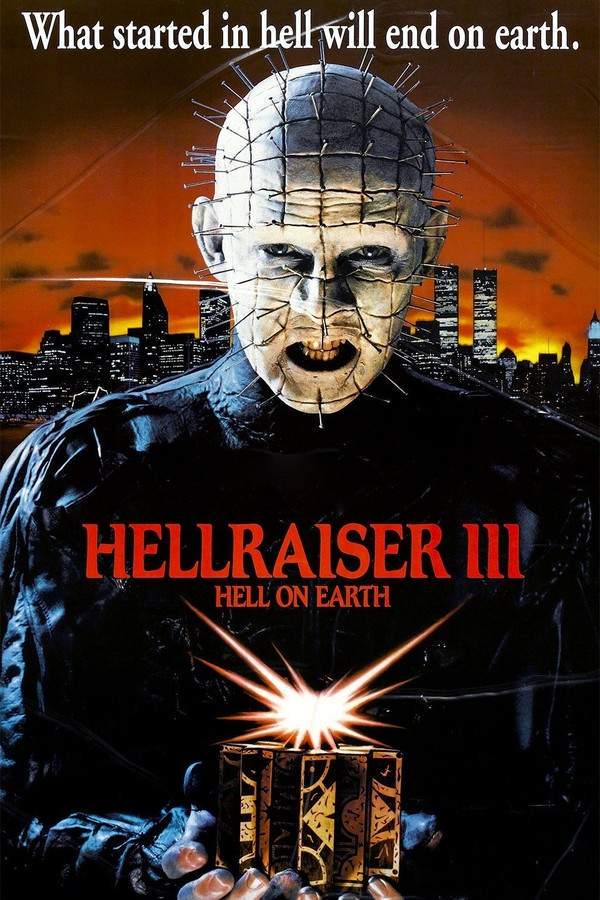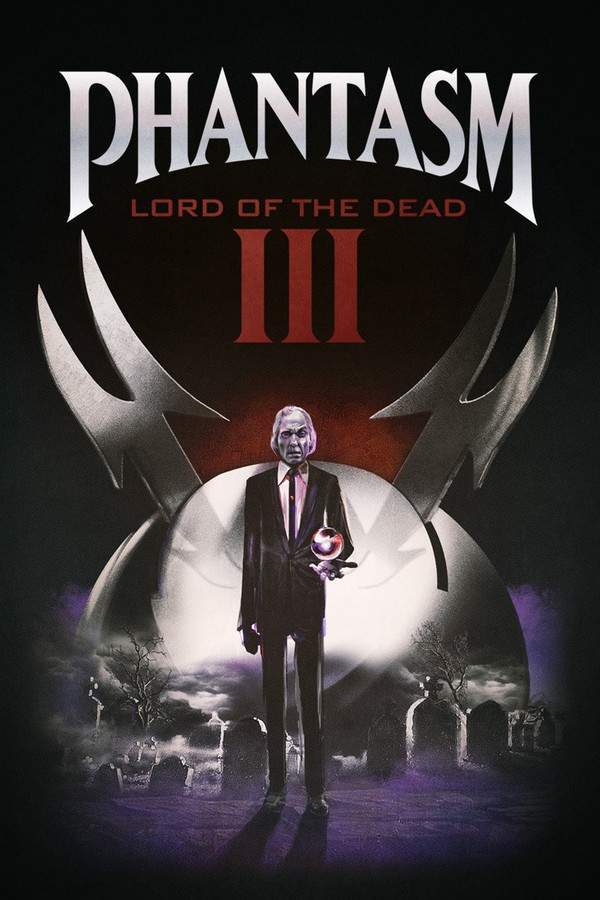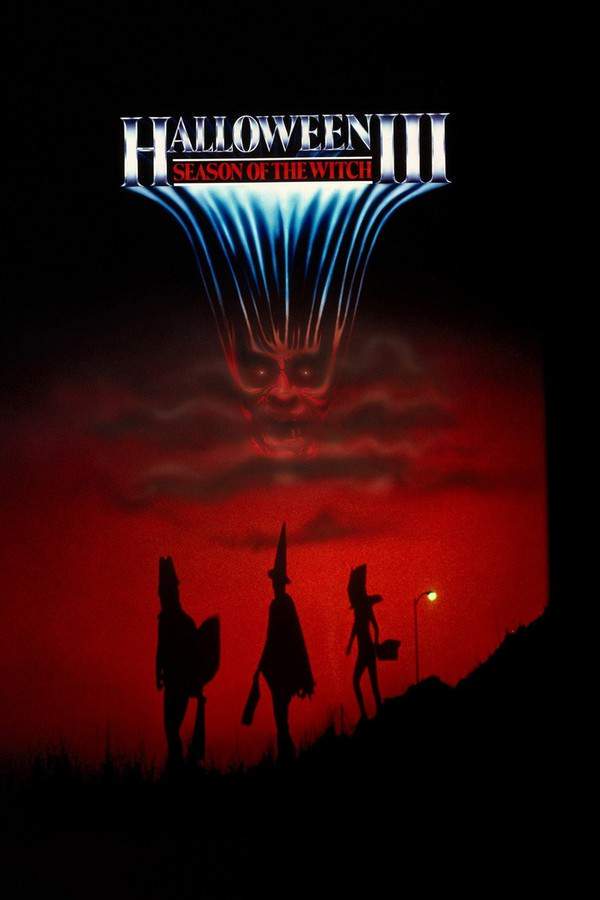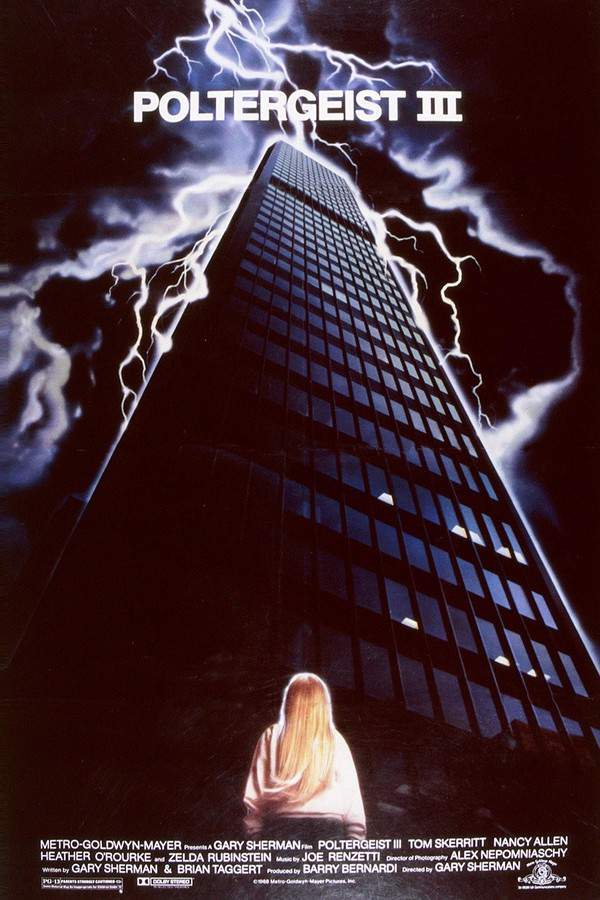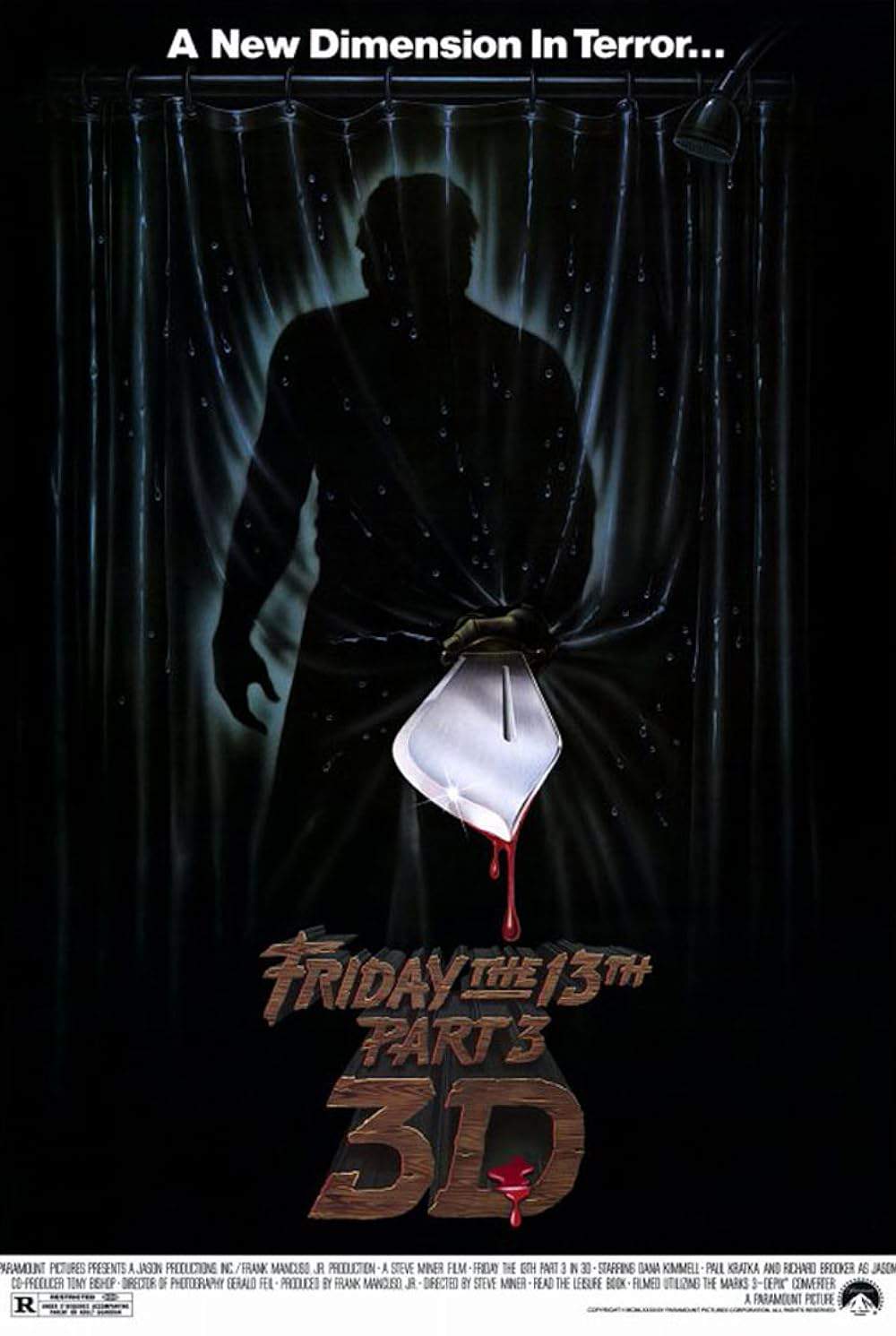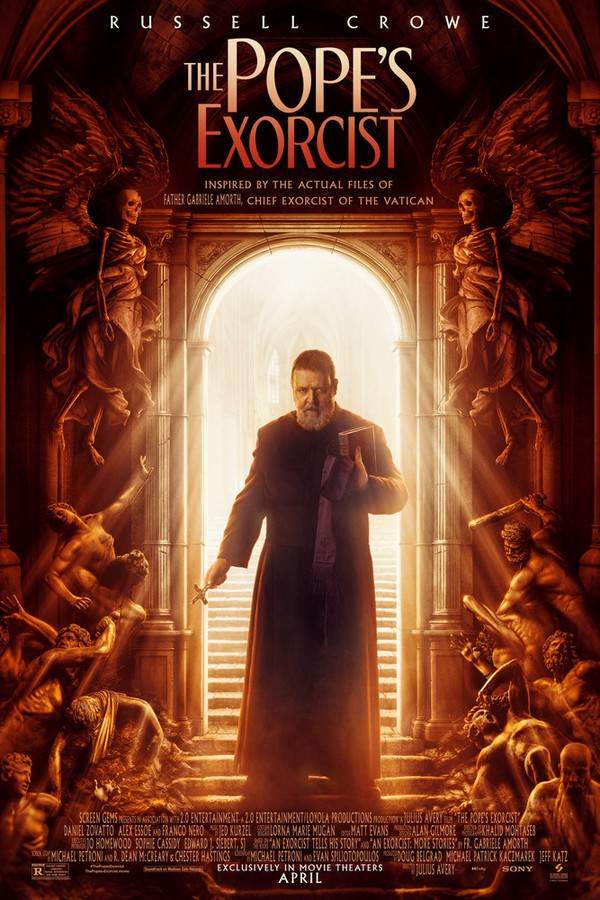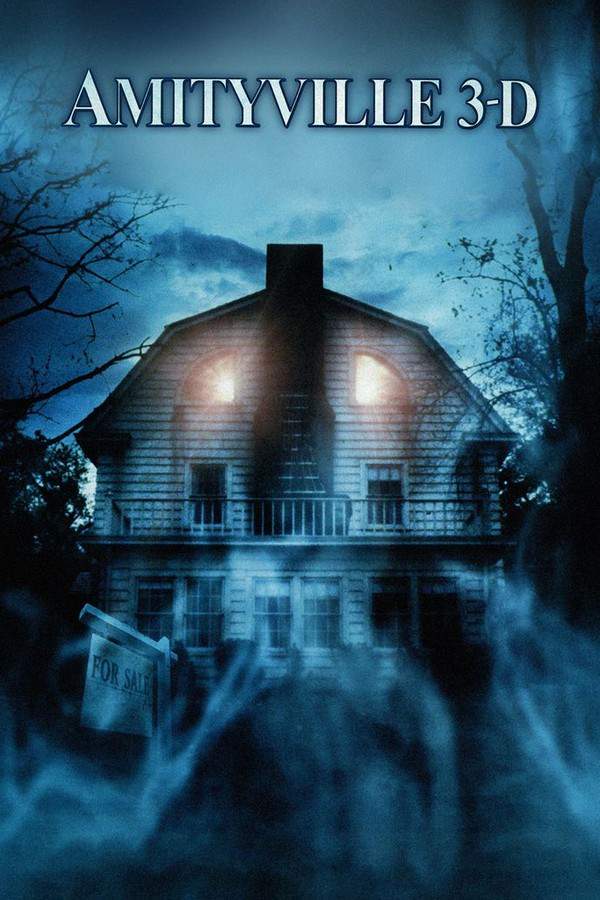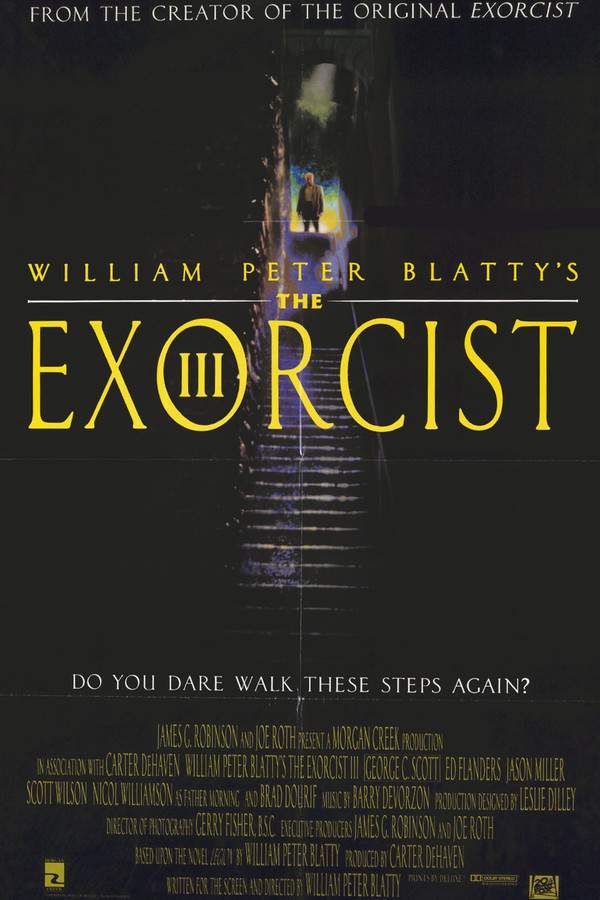
The Exorcist III
Year: 1990
Runtime: 110 min
Language: English
Director: William Peter Blatty
Police Lt. Kinderman investigates a series of disturbing murders that bear a chilling resemblance to crimes committed by the Gemini killer fifteen years earlier. As he pursues the copycat killer, Kinderman is confronted with the unsettling possibility that the infamous serial killer may have somehow returned from the death row. The investigation leads him down a dark and terrifying path, forcing him to question his sanity and the nature of evil itself.
Warning: spoilers below!
Haven’t seen The Exorcist III yet? This summary contains major spoilers. Bookmark the page, watch the movie, and come back for the full breakdown. If you're ready, scroll on and relive the story!
Timeline & Setting – The Exorcist III (1990)
Explore the full timeline and setting of The Exorcist III (1990). Follow every major event in chronological order and see how the environment shapes the story, characters, and dramatic tension.
Last Updated: October 22, 2024 at 20:57
Main Characters – The Exorcist III (1990)
Meet the key characters of The Exorcist III (1990), with detailed profiles, motivations, and roles in the plot. Understand their emotional journeys and what they reveal about the film’s deeper themes.
Last Updated: October 22, 2024 at 20:57
Major Themes – The Exorcist III (1990)
Explore the central themes of The Exorcist III (1990), from psychological, social, and emotional dimensions to philosophical messages. Understand what the film is really saying beneath the surface.
Last Updated: October 22, 2024 at 20:57
Unlock the Full Story of The Exorcist III
Don't stop at just watching — explore The Exorcist III in full detail. From the complete plot summary and scene-by-scene timeline to character breakdowns, thematic analysis, and a deep dive into the ending — every page helps you truly understand what The Exorcist III is all about. Plus, discover what's next after the movie.
The Exorcist III Summary
Read a complete plot summary of The Exorcist III, including all key story points, character arcs, and turning points. This in-depth recap is ideal for understanding the narrative structure or reviewing what happened in the movie.

The Exorcist III Timeline
Track the full timeline of The Exorcist III with every major event arranged chronologically. Perfect for decoding non-linear storytelling, flashbacks, or parallel narratives with a clear scene-by-scene breakdown.

Similar Movies to The Exorcist III
Discover movies like The Exorcist III that share similar genres, themes, and storytelling elements. Whether you’re drawn to the atmosphere, character arcs, or plot structure, these curated recommendations will help you explore more films you’ll love.
Explore More About Movie The Exorcist III
The Exorcist III (1990) Plot Summary & Movie Recap
The Exorcist III (1990) Scene-by-Scene Movie Timeline
The Exorcist III (1990) Spoiler-Free Summary & Key Flow
Movies Like The Exorcist III – Similar Titles You’ll Enjoy
Exorcist II: The Heretic (1977) Ending Explained & Film Insights
The Exorcist (1973) Complete Plot Breakdown
The Exorcist: Believer (2023) Movie Recap & Themes
The Exorcism (2024) Film Overview & Timeline
Exorcist: The Beginning (2004) Movie Recap & Themes
The Last Exorcism Part II (2013) Full Summary & Key Details
The Exorcism of God (2022) Spoiler-Packed Plot Recap
Insidious: Chapter 3 (2015) Detailed Story Recap
Hellraiser III: Hell on Earth (1992) Complete Plot Breakdown
Phantasm III: Lord of the Dead (1994) Full Movie Breakdown
Halloween III: Season of the Witch (1982) Full Summary & Key Details
Poltergeist III (1988) Full Movie Breakdown
Friday the 13th Part III (1982) Detailed Story Recap
The Pope's Exorcist (2023) Full Movie Breakdown
Amityville 3-D (1983) Film Overview & Timeline



